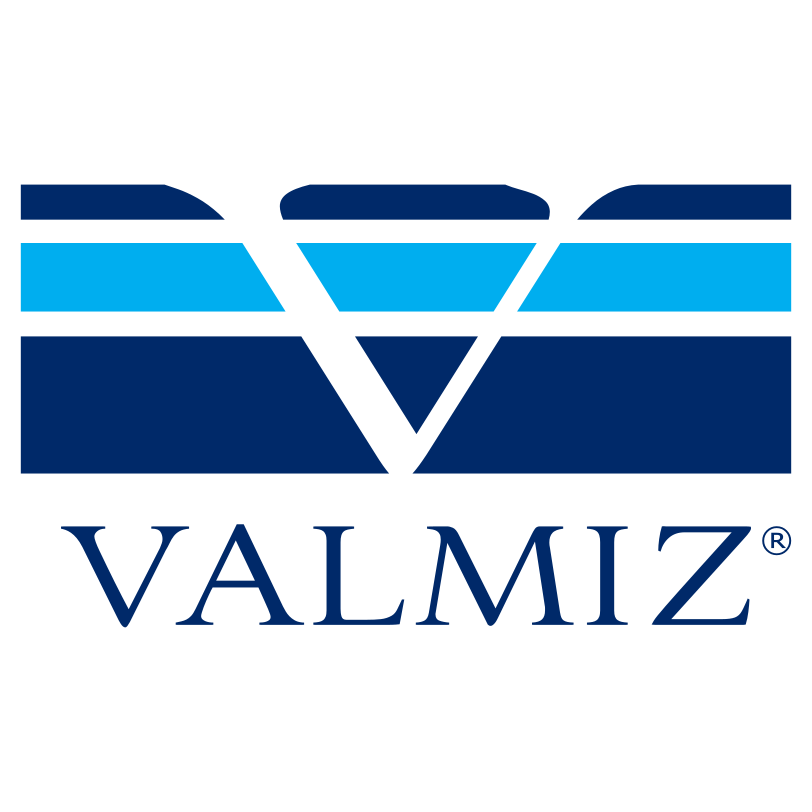The Concepts
Without respect for the value of human privacy, we’ll live in a dystopian society. We firmly believe that we don’t have to sacrifice our freedom in order to attain a societal intelligence upgrade. Ethics and values come as a result of voluntary adherence to rules. Valmiz, right from the outset, has been very cooperative in discussing how the data is being used, and we want to be the difference we want to see.
Digital Backbone
System of Systems
ASDE-X – Airport Surface Detection Equipment – Model X
ASSC – Airport Surface Surveillance Capability
STARS – Standard Terminal Automation Replacement System
RVR – Runway Visual Range
EFSTS – Electronic Flight Strip Transfer System
TDLS – Tower Data Link Services6
Valmiz Intelligence
Valmiz Intelligence (VI) , on the other hand, provides a much higher level of functionality to support human endeavors. The Valmiz Intellegence system uses a multi-agent approach. It utilizes the client’s own pre-validated data, such as the FAA’s own databases like SWIM, to create an enterprise-level super knowledge base.
The agents of Valmiz™, Veda, Vera, Vela, Vega and Vix, act individually and as part of a larger whole:
Veda – The system that provides the core AI functionality.
Vera – The system that handles dynamic key-value changes.
Vega – The system that manages the storage of the knowledge bases.
Vela – The system that gathers data from different sources.
Vix– The system that facilitates human-machine intercommunication.
This could be a game-changer for the safety of AAM and UAM operations. This is but one example of how it could do so in support of a wide range of integration efforts, within the larger AAM/UAM construct. Other potential support use cases could include traveler-focused applications (including rebooking), ground operations, maintenance and fleet management, air-to-ground transportation mobility interfaces and more. The sky’s the limit, when it comes to how VI can create the best of all worlds for DCB and AAM.
References:
- Urban Air Mobility Concept of Operations 2.0., April 26, 2023, https://www.faa.gov/sites/faa.gov/files/Urban%20Air%20Mobility%20%28UAM%29%20Concept%20of%20Operations%202.0_0.pdf
- Federal Aviation Administration Advanced Air Mobility (AAM) Summit, Plenary: The Future of Advanced Air Mobility, August 3, 2023 (author’s notes)
- Advanced Air Mobility (AAM) Implementation Plan, Near-term (Innovate28) Focus with an Eye on the Future of AAM, Version 1.0, July 2023, https://www.faa.gov/sites/faa.gov/files/AAM-I28-Implementation-Plan.pdf
- International Civil Aviation Organization (ICAO), Document 9854, Global Air Traffic Management Operational Concept (GATMOC), First Edition, 2005.
- System Wide Information Management (SWIM) – https://www.faa.gov/air_traffic/technology/swim
- SWIM Terminal Data Distribution System (STDDS) – https://www.faa.gov/air_traffic/technology/swim/stdds


